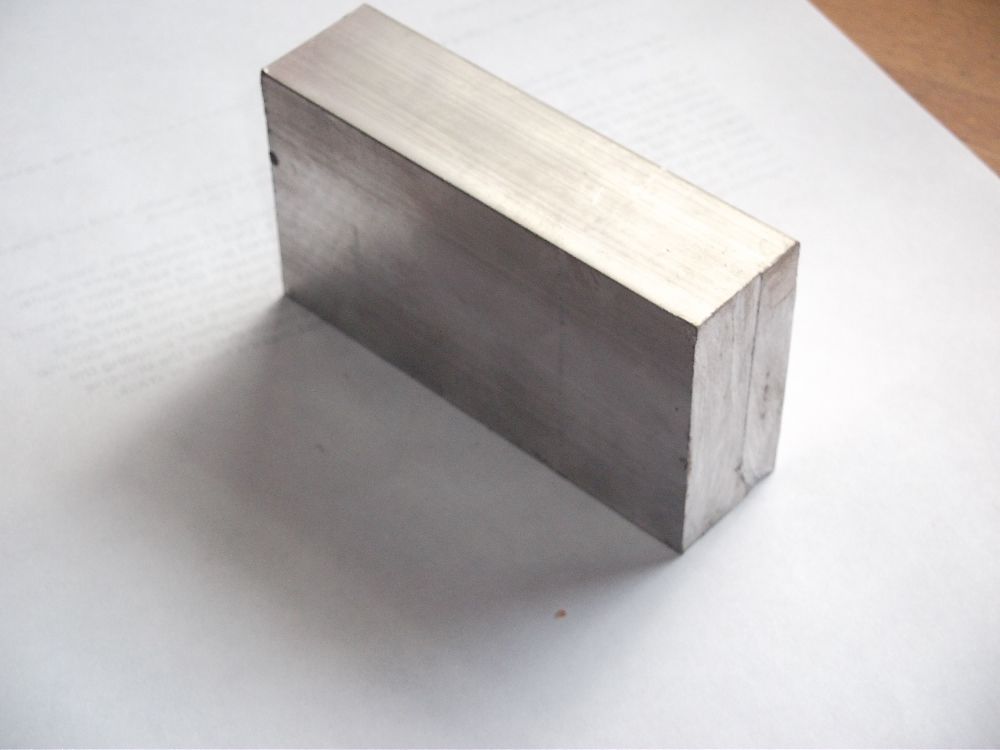Some times , to understand a problem it is better to understand the opposite/ extreem , then see how it relates.
If a lathe is put into use with its rotating axis mostly horisontal ( this being a horisontal lathe) but chocked up front to back 1 " at front headstock end and 1" high at rear tailstock end.
IF the lathe is perfectly ridgid ( inelastic)…then it would behave as intended.
If the lathe is elastic … lathe will show some "warp" from one end of travel to the other andtool path will follow a curve headstock to tailstock. and even cross slide.
so far so obvious.
If the weight of the lathe is DESIGNED to be equally spread over the two ( say) feet at headstock end and a lower portion at the tailstock again equally… We can fix the lathe to a "light" plane and examine from afar…there will theoricaly be a point where the plane can be balanced on a single point…
NOW your lathe is LEVELand at equilibrium, even if the ways are not…. and it is in this attitude that the lathe would be most stable and least stressed..
Now if our plane is horizontal NS EW and parallel to the lathe ways / spindle axis a ready way of reaching this happy state is provided…
It now requires the manufacturer to build his product like this…..
So who is to tell? Maybe your lathe would perform better with a little "run" on the ways
CNC manufactures / installers have a vested intrest in providing machines that do the job.
I have seen many lathes fitted by the makers staff and only HARDINGE don't fiddle about..bolt it to the floor so it doesn't walk yes..level so the suds / stock doesn't fall/run too much through headstock..yes.. But then again thats hardinge..( machines are one big "casting" of resin concreat)
MAZAK do the twist/cut/twist/cut dance ( often chasing 1/10 MICRONS)..( never seen more than 300 mm spirit level used for "leveling" )..
My opion?.. level it via the ways, if no other datum available, as first guess.
It also stops that drill you "just put down" rolling off into the darkness……
 Michael Gilligan.
Michael Gilligan.





